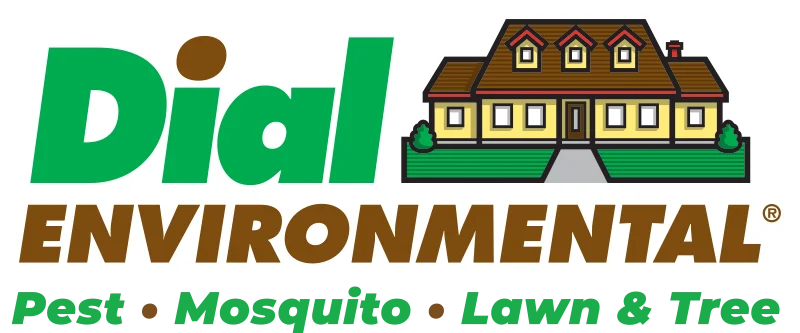Year-Round Pest Control with Quarterly Services
Our quarterly recurring services are designed to provide continuous protection for your home against pests, ensuring a safe and comfortable environment all year round. Each visit is meticulously planned to address seasonal challenges and keep your property pest-free. With our expert technicians on the job, you can rest easy knowing that we’ll tackle any issues before they become a problem. Here’s how our program works:
- Our technicians first thoroughly inspect your property to identify potential pest entry points and assess any existing issues.
- Each visit and treatment is tailored to the season, addressing specific pests and conditions that may arise.
- Our quarterly treatments include cobweb removal, perimeter sprays, and more.
- During the winter months, we conduct an interior service to replace insect monitors and rodent bait while using small HEPA vacuums to remove any dead insects.
- After each service, our technicians log findings, and a report is emailed to you for your records.
With our quarterly services, you’ll enjoy peace of mind knowing that your home is consistently protected against pests. Let us take care of the details so you can focus on what matters most!
Where Family Values Meet Professional Care

At Dial Environmental, we take pride in being a family-owned business dedicated to providing exceptional pest control services. Our family values drive our commitment to quality, customer satisfaction, and community support. We treat every client like a member of our own family, ensuring that your home and property receive the highest level of care and attention. With our decades of experience, you can trust that we understand the unique needs of our community and are here to protect what matters most to you.
Local Pest Control Since 1984
Since 1984, Dial has been a trusted name in local pest control, dedicated to safeguarding homes in our community. Our team understands the pest challenges that New Jersey residents face and is committed to delivering effective, customized solutions. Our long-standing presence in the industry is a testament to our quality service, customer care, and commitment to using the safest, most effective products available.
Areas We Service in New Jersey
We proudly serve communities throughout New Jersey, bringing our top-notch pest control services to homeowners and businesses alike. Our local expertise allows us to tailor our services to meet the unique needs of each area, ensuring the health and beauty of your property. See if we service your city:









